Dix Buhay's 120 Vignettes of Home on LomoChrome Metropolis & Potsdam Kino B&W Film
10 Share TweetFilipino cinematographer Ricardo “Dix” Buhay is known for his work on critically acclaimed films such as Erik Matti’s 2013 ‘On the Job’ and Mike de Leon’s 2018 ‘Citizen Jake.’
Dix claims that growing up in the 90s has forever woven analogue photography into his DNA. With vast experience photographing everyday scenes, moments on film production sets, and family life, he most often turns to 120 format film for its ability to scale images and tell larger than life stories.
In 2020, looking to tap into a tactile creative outlet, he picked up his film camera and started documenting his home life amidst the backdrop of the pandemic. Mostly photographing his two daughters as they embody different characters and versions of themselves as they grow — whether that be Jedis, Eskimos, sunflowers, or even photographers — often using the 120 rolls of Lomography Color Negative 400 and 800.
We recently sent Dix a roll of 2021 LomoChrome Metropolis 120 ISO 100–400 and a Potsdam Kino B&W 120 ISO 100 to continue this growing personal photo project. See the photos below and read about the many reasons he continues his analogue practice.
Hi Dix! Welcome to Lomography Magazine! Can you introduce yourself and tell us what you do?
Magandang Araw! I am a Cinematographer based in Manila. I shoot TV ads, music videos and feature films. I love classic VWs, vespas, guitars and cameras. I’m also a dad to Zoe and Emma, who happen to be my favorite subjects.
When were you first introduced to film photography?
My older brother was a Fine Arts student and he was making a plate for his photography class using a Nikon FE2. I was amazed by that camera and the photos it produced. A few years later, he passed that Nikon to me for my Photography class in UST. I still have that camera.
It took years of trial and error. Every roll was a learning experience. I was a late bloomer in moving images. I took film workshops at the Mowelfund Film Institute and trained under cinematographer Boy Yñiguez. I was working as a video editor when my good friend RA Rivera asked me to lens one of his music videos using a camera. I just used my analogue knowledge on that camera and added movement. I also prayed to all cinematography gods!
What did you initially like about the process of shooting on film?
The simplicity! No complicated buttons or menus. Just load the film and shoot. The limitations made me disciplined. It made me plan and pre-visualize. It pushed my creativity. I feel immense satisfaction when the intentions are achieved with the photographs. Film is the best teacher, it is magical. I love that.
What’s your go-to camera? Are there specific lenses you like to use?
My go-to is my Nikon FM2 with a 20mm 3.5 lens. My Mamiya 645 with 80mm 1.9 lens makes other cameras jealous. Lately, I've been using a Canon EOS30.
What film rolls do you frequently use?
Lomography Color Negative 400 and 800, Ilford XP2, Fuji Superia 400 and Kodak Max. I also explore other stocks when I get the chance. Back when I was a film student, I used to shoot with slides [film] as part of our exercises. I hope to do that again.
Your work as a director of photography and as a photographer has led you to build a strong sense of visual language and style. How does your thinking differ when you stand behind a film camera vs. a digital motion picture camera unit?
I try to keep my approach the same by using the fundamentals of film while embracing the complexities of digital.
How have you stayed inspired both in your personal and professional work over the past few years?
Education! I try to learn and relearn the craft. I also teach at MINT College and their works are inspiring and humbling. I have personal projects in the works, both for stills and digital short films. Professionally, I try to be flexible by shooting feature films and music videos in between ads.
Beyond your professional work as a cinematographer, you also take time to take film photographs at home. Why choose to document these moments and memories on film?
Time freeze! I shoot them primarily for documentation. There is always a film camera on our dining table. The photos serve as my practice and test shoots. Photographing kids and pets is challenging. I learn a lot from doing these.
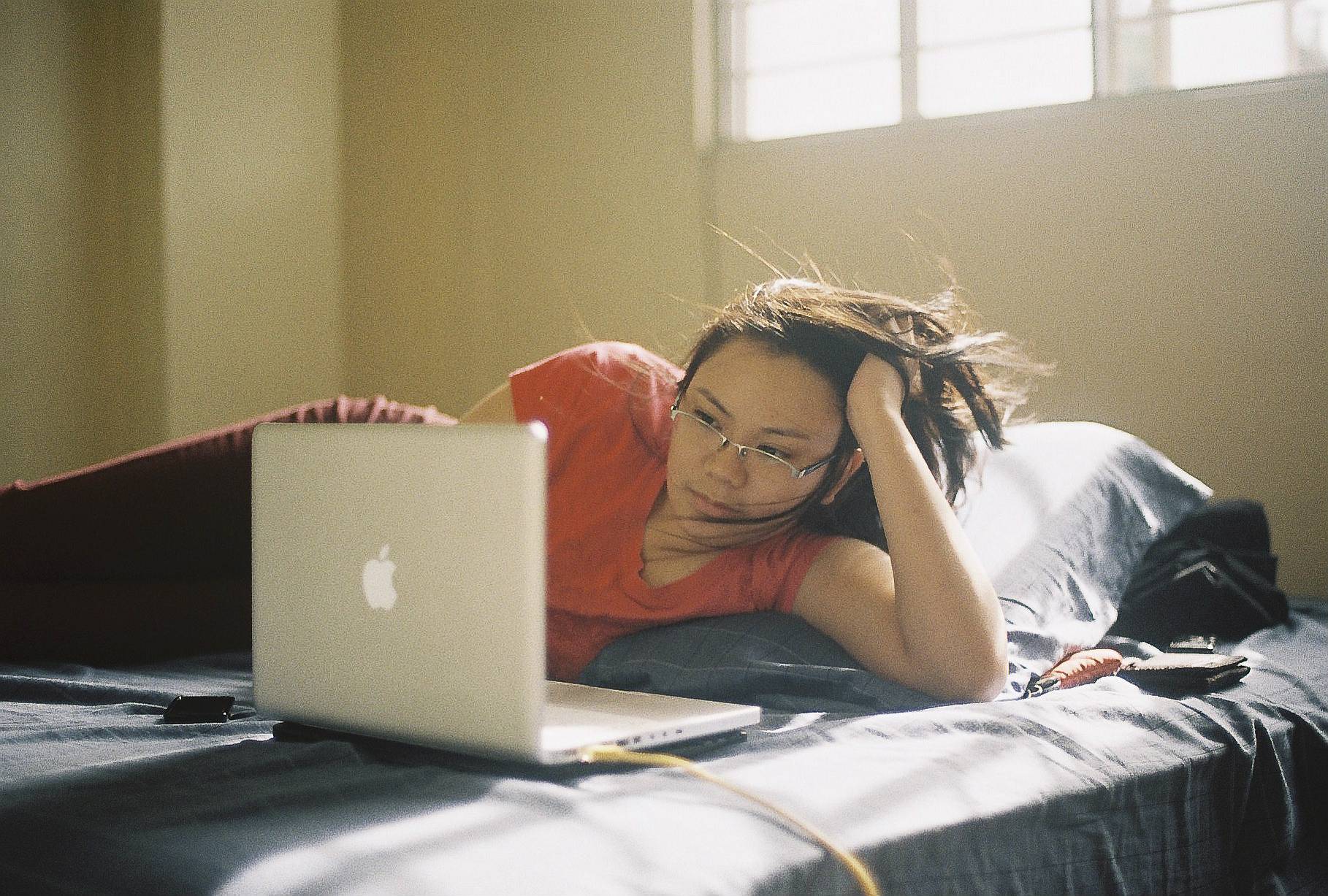
Do you believe that film photography adds a new perspective and dimension to your work in motion picture films as a cinematographer? What is it about immersing yourself in film photography that is valuable to creative work?
Most of what I know about the craft of cinematography I learned through film photography. With film you learn to value time, it helps extend your patience and it challenges the levels of your creativity.
You mostly use medium format cameras as your preferred choice when it comes to film photography. What do you like best about 120?
The Aspect Ratio! I also like the physical camera itself (Mamiya 645). The 80mm 1.9 lens is one of the best lenses ever made.
How long have you been using Lomography products?
I have been familiar with the cameras since the early 2000's. The 10 Golden Rules are still in my head. It was around 2015 when I eventually got to use Lomography film rolls.
You’ve used our Lomography Color Negative 800 (120) for behind-the-scenes photographs in production sets. What was your experience like with it?
I just love the color, look, and feel it renders. It captures what I think the photograph will produce…only it comes out better.

We sent you a roll of 2021 LomoChrome Metropolis 120 ISO 100–400 and a Potsdam Kino B&W 120 ISO 100. How did you like shooting with these two films?
I researched the characteristics of each film first. The Metropolis was very interesting for me because it has a "bleach bypass" look. A film process technique used in feature films. I knew it would have a desaturated look so I used saturated light sources in the kitchen. For the outdoor shots, Emma had a maroon jacket to create contrast. I also rated the film at ISO 200.
I had a great time shooting with the Potsdam 100. I don’t often use a 100 ISO film that’s why I pushed its limits by shooting indoors. I like the blacks and latitude it provided. It was a challenging experience for me not just with the ISO rating but also photographing my favorite subjects - Zoe and Emma.
Who are your favorite storytellers, artists, filmmakers, and creatives who also shoot on film?
Director Mike De Leon! He is still shooting on film. His knowledge about the medium is exceptional and his photographs are inspiring. I got the Canon EOS30, Mamiya 645, and the Nikon Film scanner from him.
Director RA Rivera. He is the first person I saw using a Lomography camera. He taught me how to use a light meter.
Director Jason Tan. I think we inhaled the same photo chemicals growing up.
Cinematographer Dindo Martinez and Cinematographer Boy Yñiguez.
Direk Mike is a pure genius. Direk RA has the best ideas. Jason and I share identical interests. Sir Dindo is such a great teacher. Sir Boy Y is my mentor in cinematography and I learned so much from him. They are the best storytellers.
Anything you’d like to share with the Lomography community?
I have been shooting film since the early 90s and I have not perfected it. I think that is the main reason I still shoot with it. I still need to practice. Looking forward to more rolls to expose!
Thank you to Dix for sharing his film journey with us! See more of his work and filmography on his portfolio website.
Which of our medium format Lomography film stocks are you looking forward to testing out this 2024? View the full Lomography 120 film stock catalog on our website or head to your nearest Lomography Partners film shop today!
written by macasaett on 2024-03-12 #people #film #medium-format #120 #set #metropolis #potsdam #cinematography



























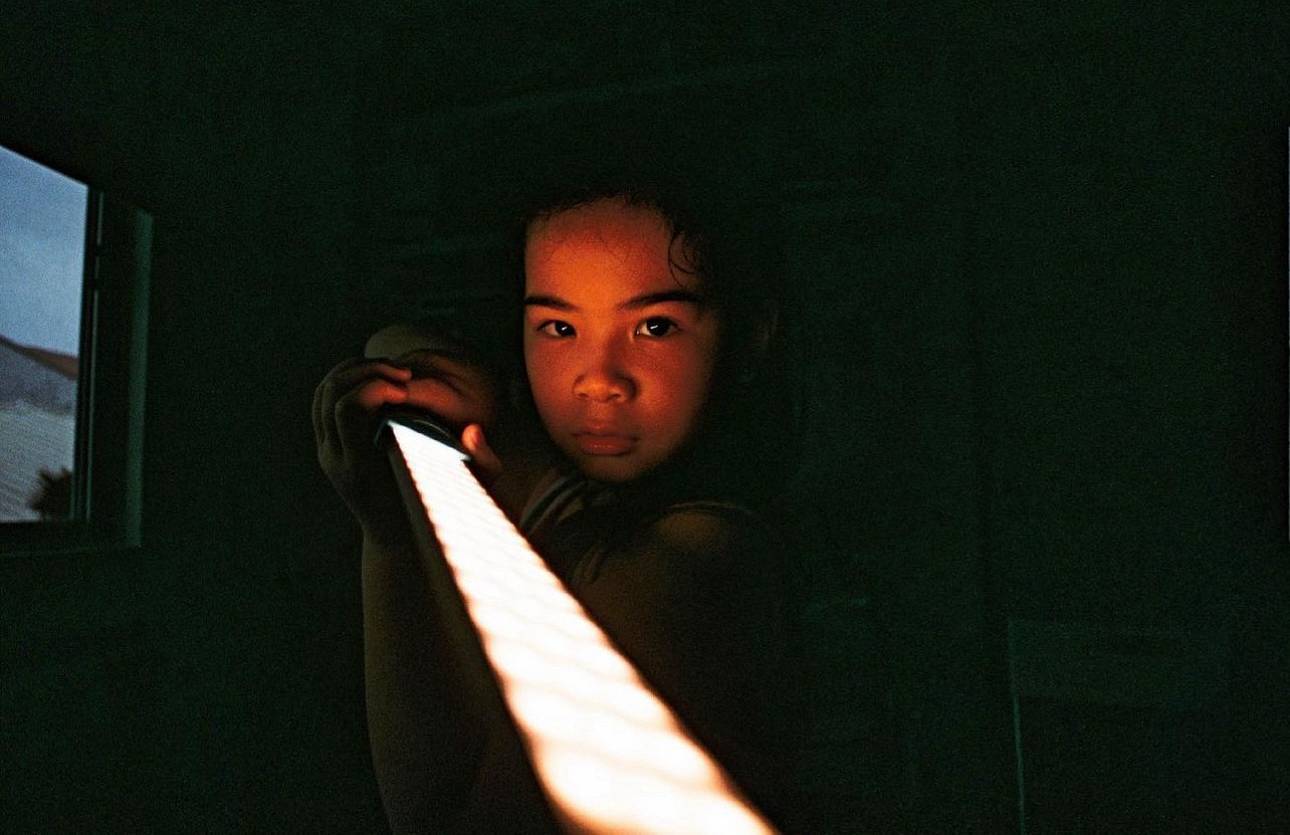








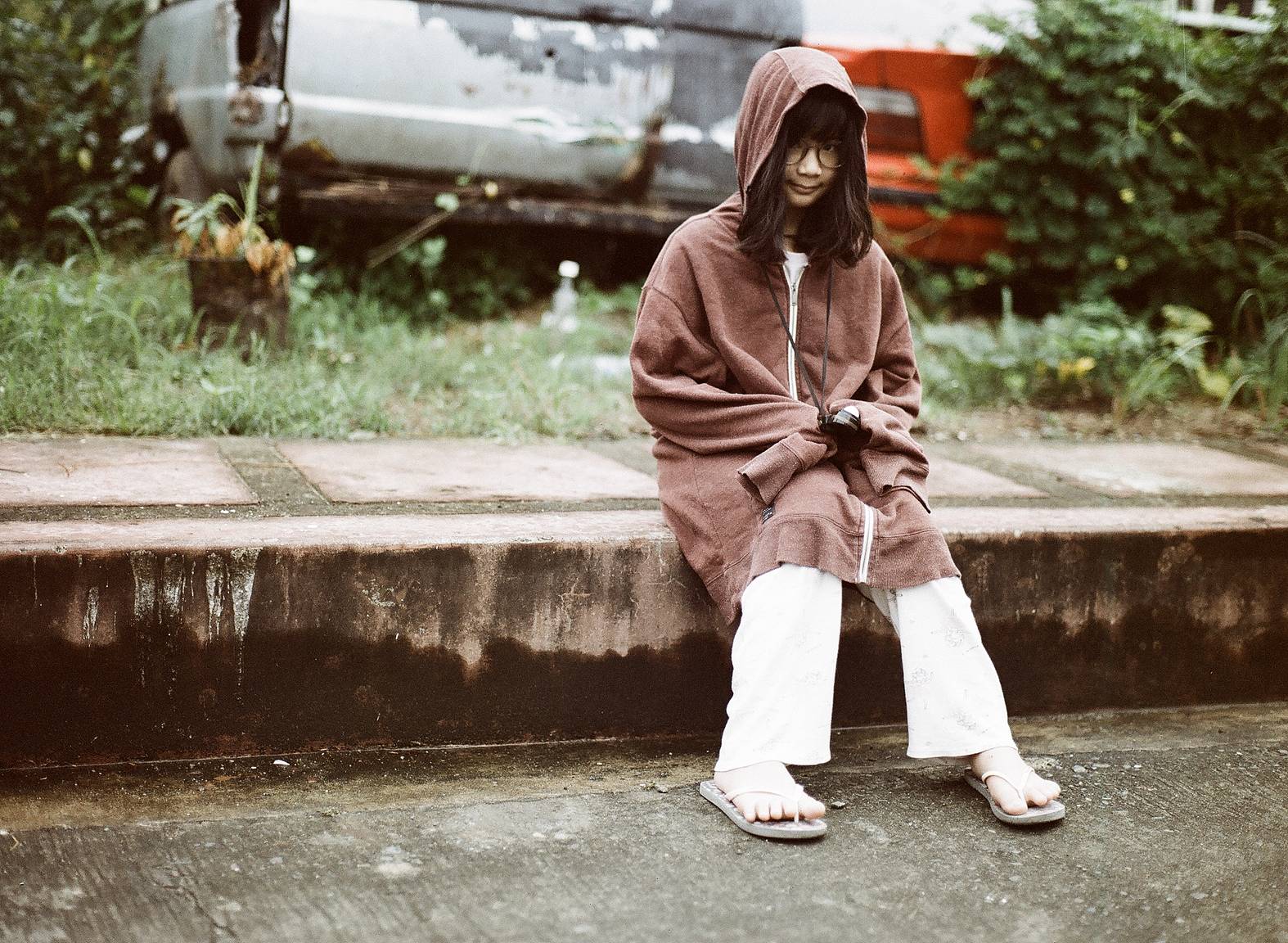












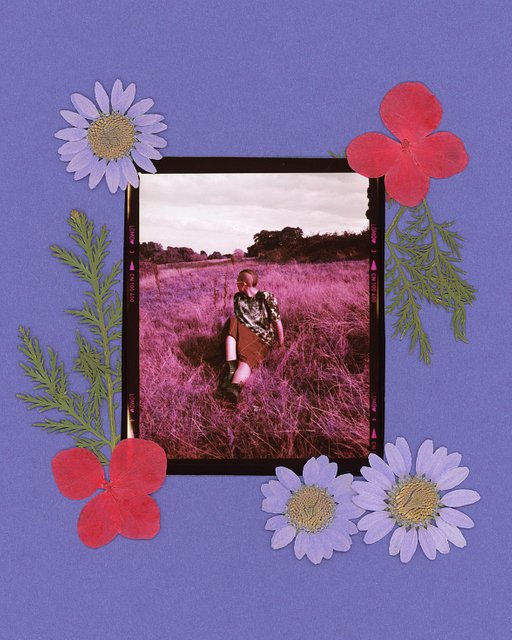









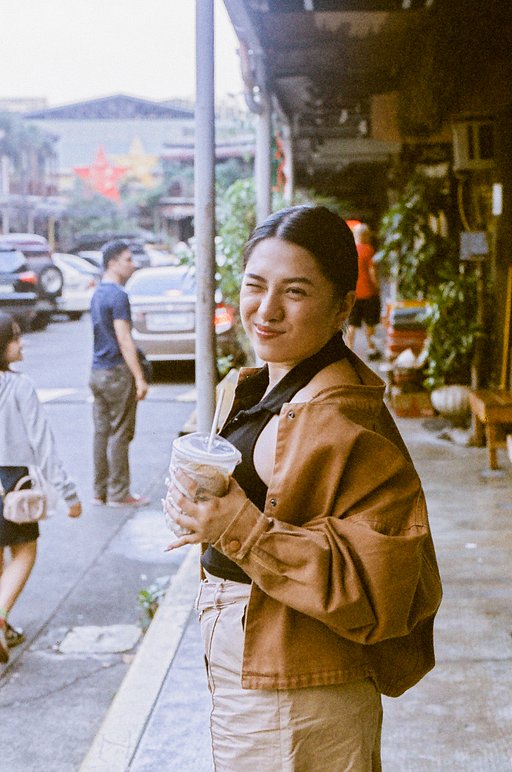





No Comments